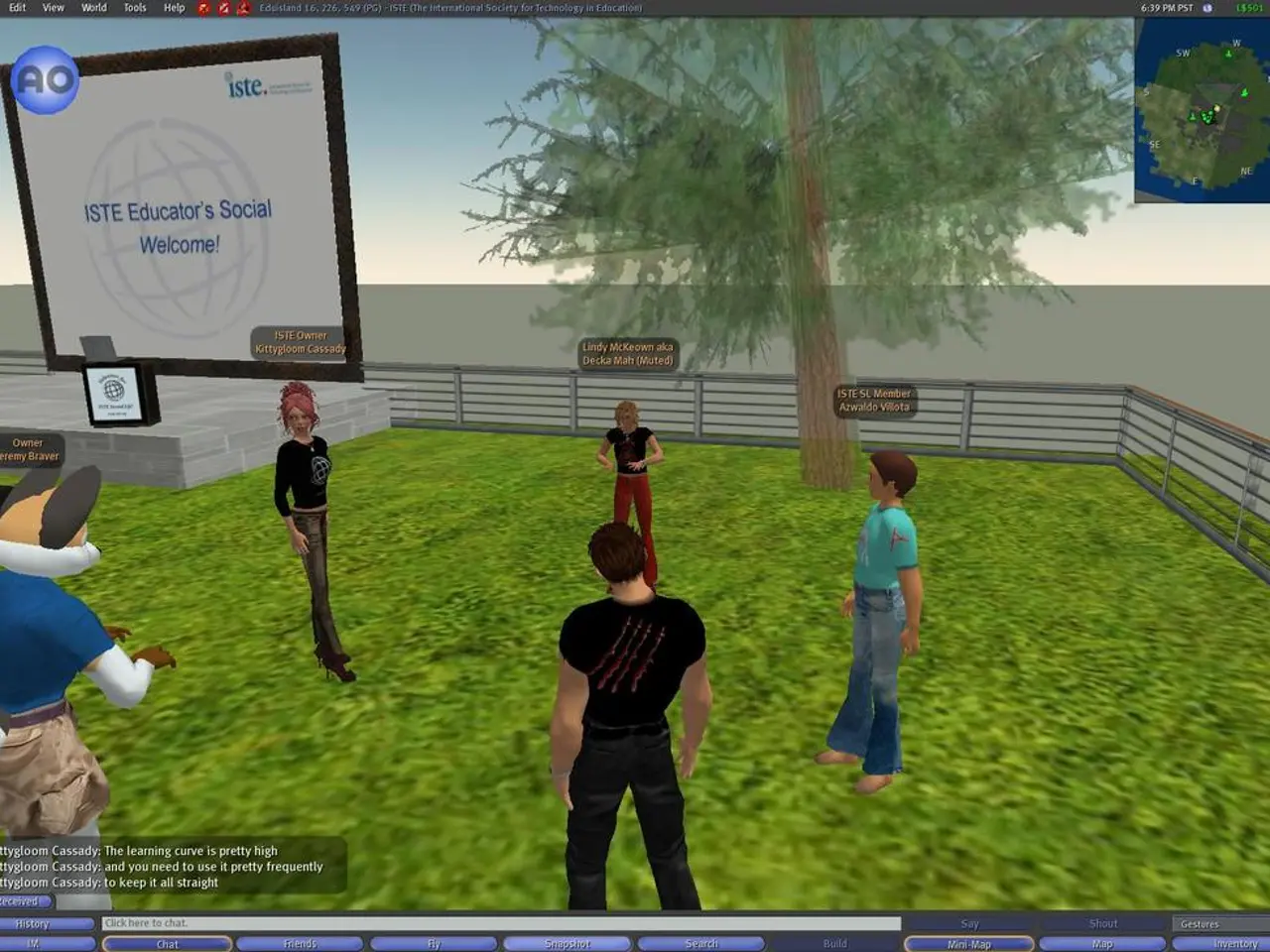Exploring the Development of Visual Data Representations [Video]
Infographics and data visualization have come a long way from their humble beginnings, evolving into sophisticated tools that enable complex data storytelling. This journey, spanning thousands of years, reflects advancements in technology, design, and the rising importance of data literacy across various sectors.
Pre-1700s: Origins and Early Examples
In the pre-1700s, infographics were primarily simple diagrams, maps, and charts used in scientific works, navigation, and cartography. Early examples include astronomical charts and maps that combined images and text to communicate spatial and conceptual information [1]. These visuals were manually drawn, prioritizing clarity of understanding over aesthetic appeal.
1700s to 1800s: Foundations of Modern Visualization
The Enlightenment and Industrial Revolution sparked more systematic uses of visual data representations. William Playfair, in the late 18th century, invented graphical forms such as bar charts, line graphs, and pie charts to display economic data, marking formative steps towards modern data visualization [2]. Infographics became more structured, emphasizing quantitative data and chronological events, often displayed in simple timelines or charts.
1900s: Growth and Diversification
The 20th century saw greater standardization and diversification of data visualization techniques, integrating statistical graphics, thematic maps, and flowcharts. Infographics were used widely in newspapers, educational materials, and government reports. Advances in printing and graphic design allowed for more complex, colored, and detailed visuals [3].
Late 20th Century to Early 21st Century: Digital Revolution and Interactivity
The advent of computers and software drastically changed infographics and data visualization, enabling dynamic, interactive, and multi-dimensional data presentations. Tools like Tableau and advanced infographic editors allow integration of various chart types in dashboards, filterable by region or timeframe, improving user engagement and insight discovery [4].
Interactive timelines and data dashboards enable users to explore complex datasets intuitively, often incorporating multimedia elements such as images, videos, or audio to enhance understanding [4].
Present Day Trends
Today, infographics combine strong storytelling with design principles to make complex data instantly accessible and memorable. They are widely used across marketing, education, journalism, and business to simplify statistics, highlight insights, explain workflows, and compare options visually [5].
Visual aids now emphasize both aesthetic appeal and functionality, relying on balanced color palettes, clear labeling, and user-friendly layouts. Interactive and customizable infographic templates are increasingly common, facilitating efficient creation and broader dissemination [1][2][3][4].
In summary, infographics and data visualization have evolved from manual, static drawings focused on simple communication to sophisticated, interactive digital tools that enable data-driven storytelling accessible to broad audiences. This evolution reflects advances in technology, design, and the increasing importance of data literacy across sectors.
[1] Tufte, E. (1990). Envisioning Information. Graphics Press. [2] Cleveland, W. S. (1985). The Elements of Graphing Data. Summit Books. [3] Ware, C. (2004). Information Visualization: Perception for Design. Elsevier. [4] Bertin, J. (1967). Semiology of Graphics. University of California Press. [5] Card, S. K., Mackinlay, J. D., & Shneiderman, B. (1999). Readings in Information Visualization: Using Vision to Think. Addison-Wesley.
Data visualization techniques have come a long way from their early beginnings, being used in a wide range of sectors like cooking (recipes), lifestyle (fashion-and-beauty, home-and-garden), food-and-drink, and entertainment (books, online-education, learning, lifelong-learning). Over time, advancements in technology (digital revolution and cloud computing) have transformed these visual aids into interactive and customizable tools.
In the 1700s and 1800s, infographics emerged as tools for systematic data representation during the Enlightenment and Industrial Revolution. Early pioneers like William Playfair introduced graphical forms that would become fundamental in modern data visualization.
The 1900s saw further standardization and diversification of data visualization techniques with the inclusion of statistical graphics, thematic maps, and flowcharts. This era witnessed widespread usage in various fields such as newspapers and education. The following decades led to an improvement in printing and graphic design, enabling more complex, appealing, and detailed visualizations.
Since the late 20th century, digital tools have revolutionized infographics and data visualization, facilitating dynamic, interactive, and multi-dimensional presentations. Software like Tableau allows integration of various chart types, providing filterable dashboards and boosting user engagement.
Today, infographics are essential in marketing, education, journalism, and business, primarily serving to simplify complex data, highlight insights, explain workflows, and compare options visually. These visual aids prioritize balance, clarity, and functionality through the use of color palettes, labeling, and user-friendly layouts.
Technology continues to drive innovation in data visualization. Gardening enthusiasts can now leverage technology to better understand global cuisines by growing ingredients used in various cultures, thereby bridging the gap between food-and-drink, gardening, and education-and-self-development.
By examining the history and evolution of data visualization, it is evident that this tool has and will continue to play a crucial role in our understanding of the world and facilitate lifelong learning.




